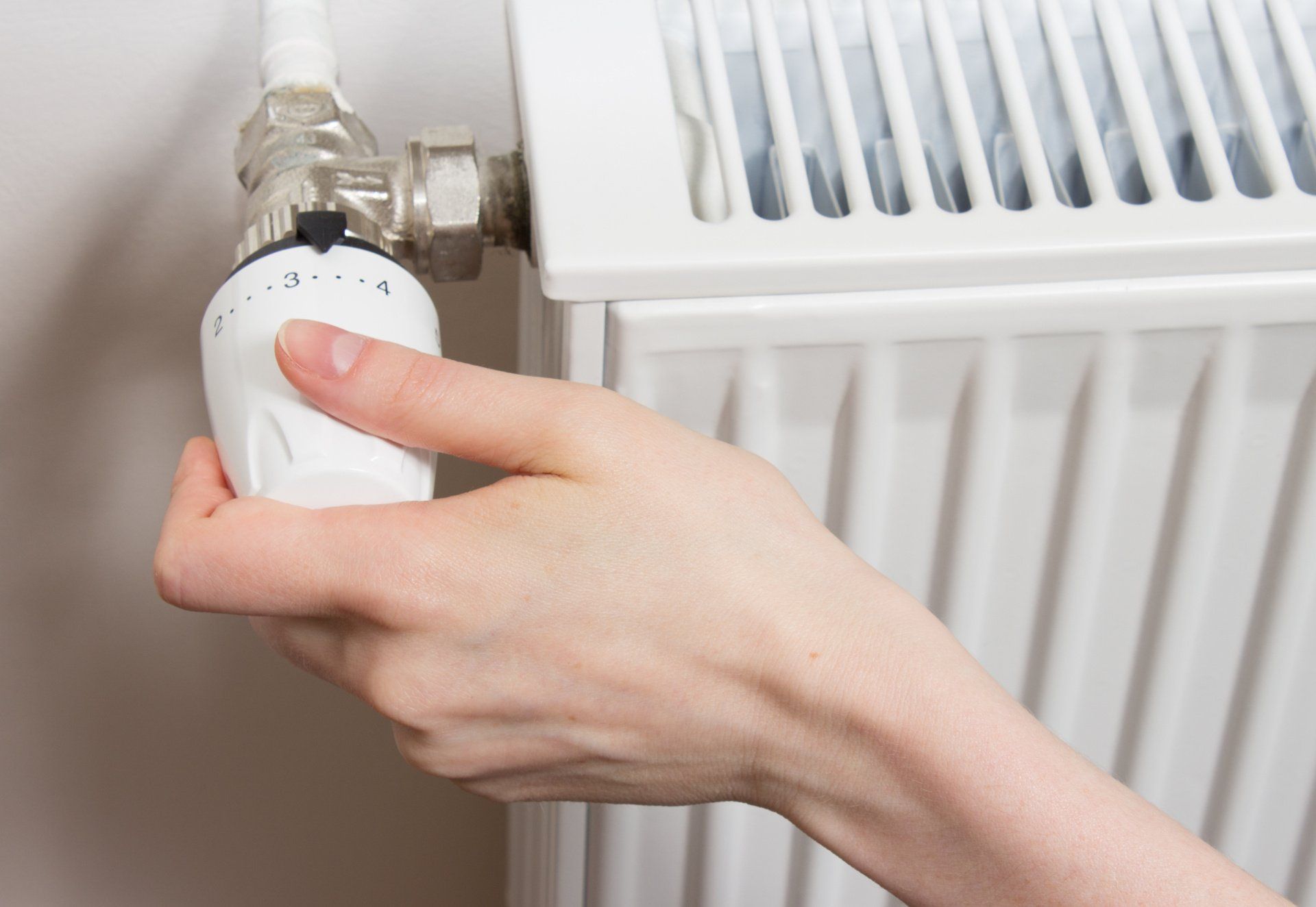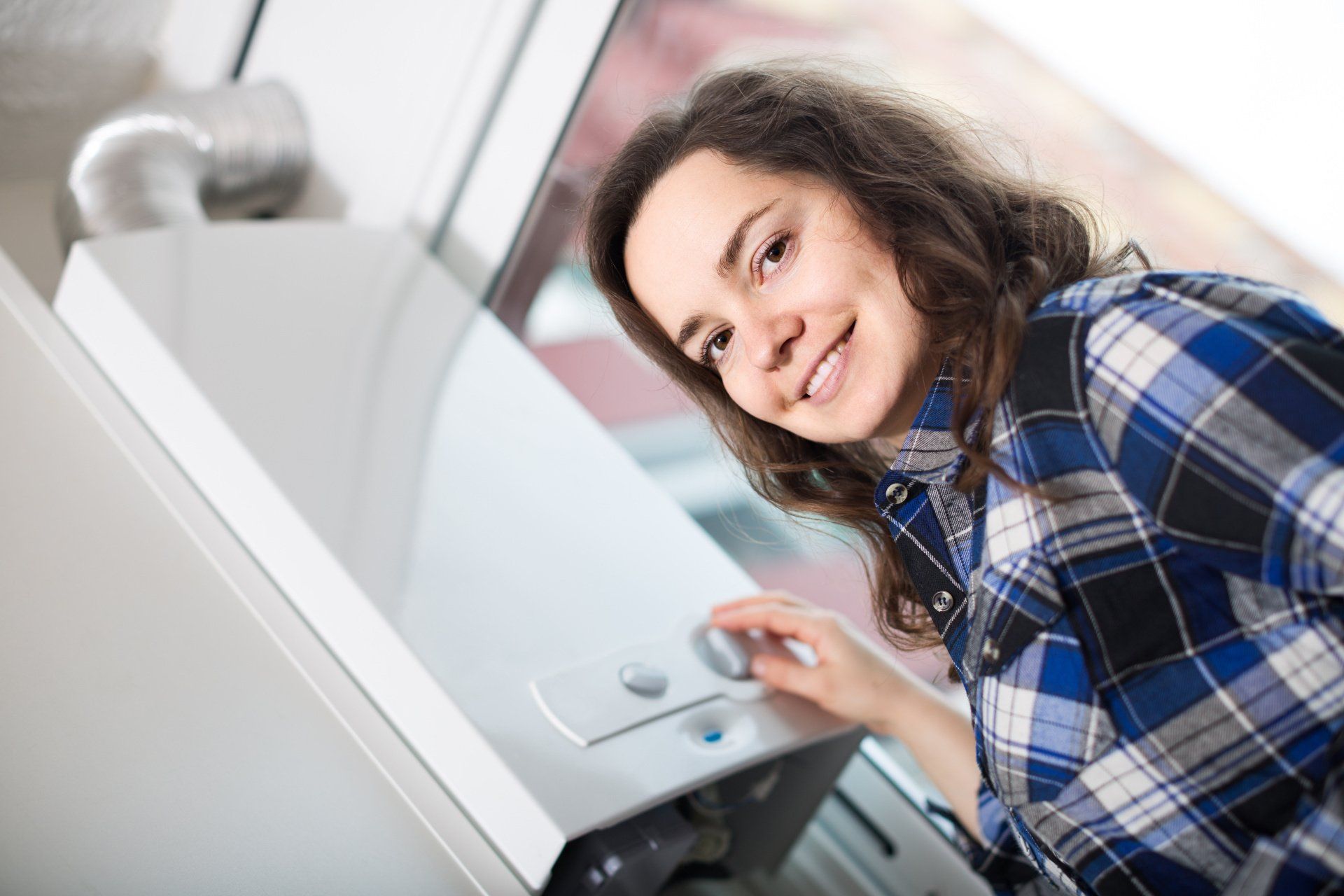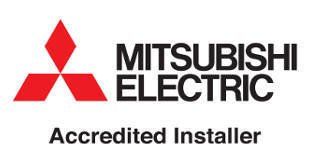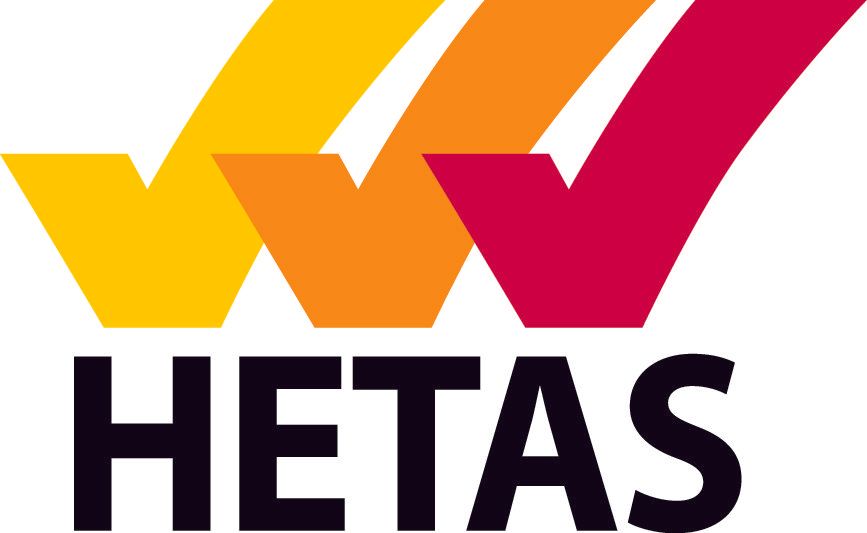Energy-Efficient Heating: How to Save Money on Your Bills This Winter
As winter sets in and temperatures drop, energy bills tend to rise. However, there are many ways to keep your home warm without seeing a significant spike in your heating costs. By focusing on energy-efficient heating strategies, you can reduce your energy consumption and save money while staying comfortable. Whether it’s upgrading your boiler, adjusting your heating habits, or improving insulation, a few simple changes can make a substantial difference.
One of the most effective ways to cut heating costs is by ensuring your boiler is running as efficiently as possible. If your boiler is more than 10-15 years old, it might be worth considering an upgrade to a modern, energy-efficient model. Newer boilers, especially condensing ones, are designed to capture more heat and recycle it back into the system rather than letting it escape through the flue. This can result in significant energy savings, with some estimates suggesting up to 30% lower heating bills compared to older models. Regular servicing is also crucial, as a well-maintained boiler operates more efficiently and is less likely to break down.
Beyond upgrading the boiler itself, using a smart thermostat is another way to save money. These devices allow you to programme your heating system according to your daily routine, ensuring you only heat your home when necessary. For instance, you can set the heating to turn off while you're at work and warm the house just before you return. Some smart thermostats even allow for remote control via a mobile app, giving you flexibility in managing your heating. According to the Energy Saving Trust, installing and properly using a programmable thermostat can reduce your annual heating costs by around 10%.
Another key factor in energy-efficient heating is insulation. Heat loss through walls, roofs, and floors can cause your heating system to work harder, leading to higher bills. Properly insulating your home can prevent this and significantly reduce energy consumption. Cavity wall insulation, for instance, can cut your heating costs by up to 35%, while loft insulation can save an additional 25%. These improvements are not only cost-effective in the long run but can also increase the comfort of your home by reducing draughts and keeping the heat in for longer.
Lowering the thermostat by just a degree or two can also make a noticeable difference in your heating bills without sacrificing much comfort. According to various studies, reducing your thermostat setting by 1°C can cut your heating costs by about 10%. It’s a small change that can lead to big savings over the course of a winter. Similarly, making use of the timer function on your heating system can help reduce costs. Rather than leaving the heating on all day, set it to come on just before you wake up and to turn off shortly before you leave the house or go to bed.
In addition to insulation and boiler upgrades, smaller changes around the house can also contribute to energy efficiency. Simple measures like using radiator reflectors behind your radiators can help direct heat back into the room rather than allowing it to escape through walls. Similarly, keeping curtains closed at night can help trap heat, while opening them during the day allows sunlight to naturally warm your home. It’s also important to make sure your radiators aren’t obstructed by furniture, as this can block the flow of heat and make your system less efficient.
Finally, adopting energy-efficient behaviours can have a long-lasting impact on your bills. Wearing warm clothing indoors and using blankets can allow you to lower the thermostat without feeling cold. Additionally, heating only the rooms you use regularly and turning off radiators in unused spaces can make a big difference. Sealing draughts around doors and windows is another simple, cost-effective way to improve your home’s energy efficiency.
In conclusion, by taking steps to improve the efficiency of your heating system, insulate your home, and adopt smarter heating habits, you can enjoy a warm and comfortable winter without the shock of high energy bills. From upgrading your boiler and using a smart thermostat to improving insulation and sealing draughts, these measures will not only save you money but also reduce your carbon footprint, making them a win-win for both your wallet and the environment.



































